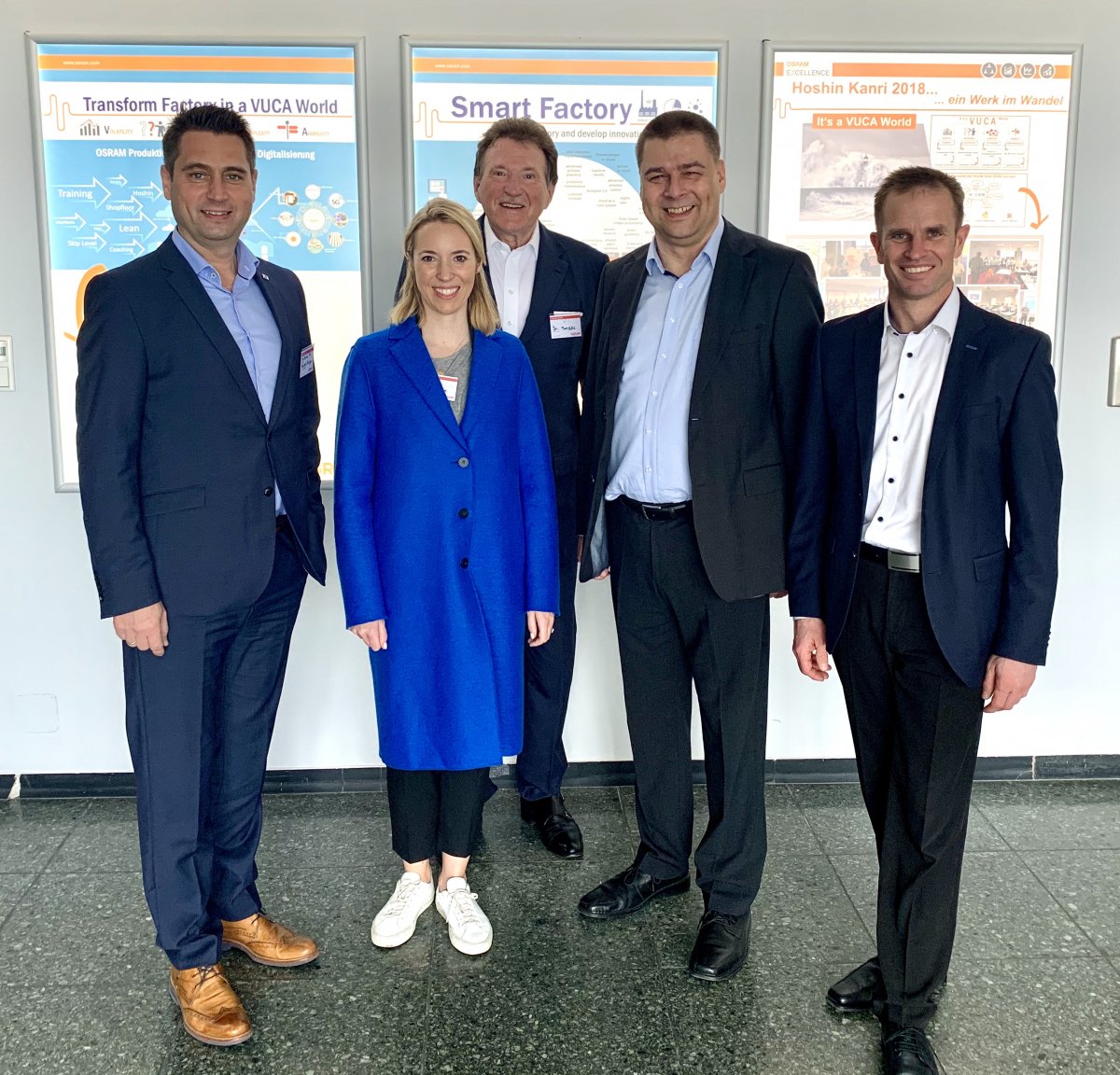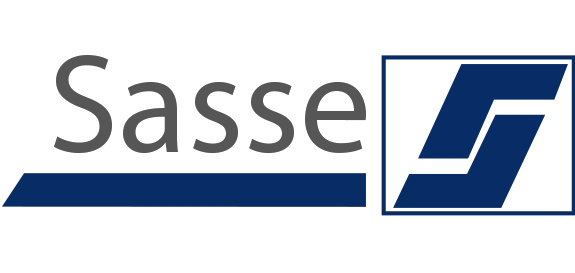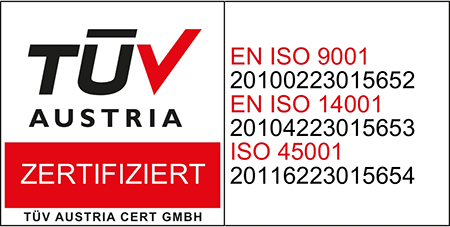When robots get going the “smart” way
How does it work when robots in a smart factory also communicate wirelessly? Eberhard Sasse (CEO), Laura Sasse, (Chief Digital Officer) and Ralph Englert (Chief Sales Officer) were able to see for themselves at the beginning of the year at the OSRAM factory in Schwabmünchen, south of Augsburg in Germany. For some time now there have been mobile robots on the road there, so-called driverless transport vehicles (AGVs), which are controlled by mobile radio. This ensures uninterrupted travel because the short reaction time in the radio network allows the vehicles to interact with each other in real time.

The innovation project, in which Deutsche Telekom and OSRAM have developed a separate network infrastructure for this plant, provides practical illustrative material not only for the processes in Factory 4.0, but also shows which tasks will arise in this environment for facilities management in the future – and which tools FM service providers can use themselves to ensure greater efficiency and higher productivity.
Identify optimization potential with the help of robots
But it is not only the cleaning robots that are picking up speed. Digitisation and automation are also helping to tap further potential for more quality and efficiency in production itself. Here OSRAM relies on OEE, the Overall Equipment Effectiveness. This key figure is an important controlling instrument that uncovers wasted resources: for example, unnecessary transport routes and material movements, incorrect work processes or scrap and rework. OEE key figures systematically determine optimization potential. In production, these include malfunctions and breakdowns. But the quality of individual, sometimes tiny process steps is also part of it. In the production of tungsten wires, for example, even tiny temperature fluctuations can cause major damage.

Automation: robots collect, process and analyze data
Reduced downtimes also help to optimise productivity. Every defective machine costs time and money. OSRAM works against this with a cell concept: If a machine threatens to fail or quality losses become apparent, production continues automatically via a different path. Many machines would have long since recorded the necessary data. Collecting, processing and analyzing the data is therefore worthwhile from the company’s point of view even outside the individual plant. For example, to enrich experience in other production plants or to provide useful information for further processing. Or also to be able to better instruct customers in application and maintenance.
What you see in the OSRAM factory: How the smart use of digital technology creates the conditions for people to work together more successfully. What you also see: That digitalisation and automation create almost deserted factory halls, but that they also create new cost advantages in the labour factor. These make it possible to shorten supply chains and bring production back to Germany. This in turn will increase the demand for intelligent and holistic facilities management.



